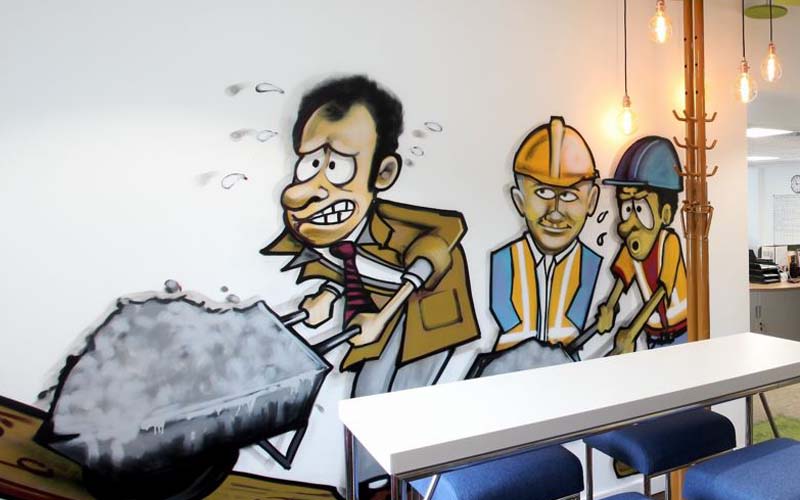
Stress is one of the top contributors to sickness absence and loss of productivity at work. It can be linked to all sorts of ill health including migraines, depression, anxiety, eczema and heart disease.
This month, we are helping to improve our team’s understanding of what stress is, what symptoms we need to look out for and how to reduce and prevent stress in the first place. Most people assume that stress at work is the ‘norm’ but it should be given the same attention and care as your physical health. Once you start to acknowledge when you are stressed, you can take action to reduce it and remove it.
Stress is not a mental illness. It’s a state of mental or emotional strain that comes from difficult or demanding circumstances. Many people find it hard to tell the difference between feeling under pressure and actually being stressed. For example, pressure can be uncomfortable, but it can also be a positive motivator – but stress is a burden.
If you feel mentally or emotionally strained – if it’s affecting you physically and you notice that this strain is having a harmful effect on your work or daily life, it’s likely that you are stressed and this shouldn’t be ignored.
Stress doesn’t just impact our mental health, but also our physical health – increasing the chances of us developing coughs and colds. When not dealt with, it can even trigger more serious conditions, including lung, liver and heart diseases, and mental conditions including anxiety or depression.
“Did you know that heart disease is the single biggest killer in the world? It is responsible for 16% of the world deaths.”
If you have been feeling under pressure, look out for emotional changes, physical changes and changes in your behaviour. A combination of these things could be your stress warning sign. If you spot something, it’s important to take early action.
Reducing and Preventing Stress
The HSE highlights six key area that could be the causes of work related stress, poor health and increased absenses
The demands of your jobs
Change – and how it’s managed
Your working relationships
The support you get from colleagues and managers
Your role in your workplace
and your control over the direction of your work
If you need to relieve some of the pressure, keep the easy acronym PIP in mind:
P – Pause
I – Identify
P – Prioritise
And with prioritising, there’s a little strategy you can use called the “4 Ds“..
Delete. Is there anything you’re worried about that isn’t necessary? Remove it. Sometimes it’s about learning to say ‘no’.
Defer. Why is it so urgent? Can it wait until later? Sometimes it’s about saying ‘not now’.
Delegate. Can you ask for help or have someone take a task from you to lighten the load?
Then, Do. Focus on the most urgent or worrisome task and get it done.
There are many simple things we can do to prevent stress from showing up, but a lot of us put so much time into our families, our jobs, or our social life, that we forget to set some time aside for basic self-care. Doing something relaxing that you enjoy, like reading a book or watching TV and doing some kind of relaxation practice for anywhere between 2-20 minutes depending on how much time you this can be as simple as taking deep breaths – which is the simplest and arguably the most effective tool for relieving stress quickly.
